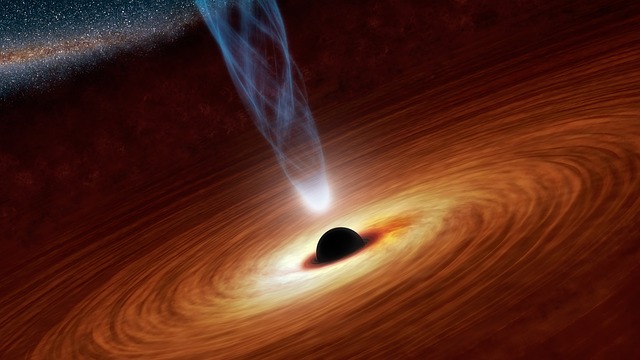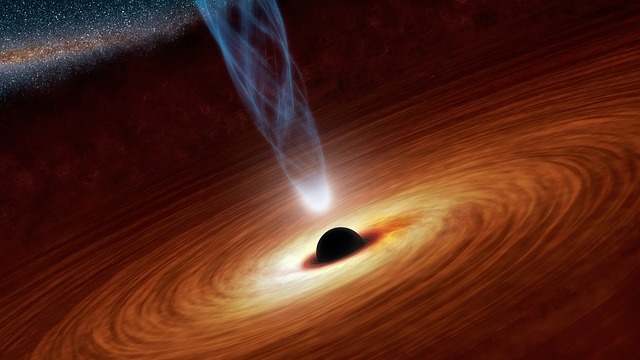John Tolley, July 3, 2016

Imagine discovering the impossible: Something so significant it affects the course of scientific thought dating back to Albert Einstein?s theory of relativity. Astrophysicist Dr. Frederic Rasio knows that feeling.
For the past 20 years, Rasio, the Joseph Cummings professor of physics at Northwestern University, has been using computational modeling to understand the life-cycle of globular clusters. His research into these dense star clusters touches on X-ray astronomy and radio pulsar astronomy.
To understand the scope of this work, it?s helpful to get a sense of the size and age of the astronomical objects he studies.
Globular clusters are ancient and dense masses of stars whipping around one another, their intense gravitational bonds pulling them in together – a tightly wound jig of near misses and glancing blows.
?The Milky Way has about 200 globular clusters scattered throughout its halo,? explains Rasio. ?Larger galaxies can have thousands of them. Each cluster typically contains from 100,000 to a 1,000,000 stars, packed together within a spherical region just a few light-years across.?
Starting around 2008, Rasio began work that focuses more specifically on the formation of binary black holes within the clusters. Radio and his team developed powerful modeling which helped them make a prediction that would prove historic.
Astronomers and astrophysicists have long thought that within these globular clusters the environment was too chaotic for super dense black holes. Conventional wisdom said they?d simply be tossed out of the mix. But recent discoveries have proved the opposite: black holes can and do find a hectic, if not happy, home in the hearts of these cosmic melees of misfit stars.
Outside of the research of Rasio?s team, these discoveries were made possible by the work of two groups: The Advanced Laser Interferometer Gravitational-Wave Observatory, or LIGO, and early foundational efforts by Northwestern?s Center for Interdisciplinary Exploration and Research in Astrophysics, or CIERA, on whose advisory board Rasio serves.
LIGO consists of two facilities (one in Washington state, the other in Louisiana) specially designed to detect minute gravitational fluctuations that hit our planet in wave form. Because of this, LIGO is uniquely capable of detecting the energetic union of two black holes, an occurrence that Rasio and his team predicted could very likely happen within a globular cluster.
?In our models of globular clusters,? he says, ?we compute in detail all the dynamical interactions between stars, including black holes. Through many of these interactions, black holes end up forming precisely the kinds of tight pairs, or merging binaries, that LIGO has detected.?
The interactions are similar to the rendering in the video below, created, in part, by Carl Rodriguez, a PhD student of Rasio's and one of the leading team members in the binary black hole research.
In September and December of 2015, LIGO?s observations lent credence not only to Rasio?s team?s predictions but also a major, related portion of Albert Einstein?s 1915 general theory of relativity. Although immensely energetic, the impact that stellar bodies have on the fabric of space-time and the effect their gravitational waves have on Earth are so minute, Einstein postulated they would probably forever go undetected.
But without the early work of CIERA, the connection might not have been made.
Founded by Rasio and his colleague and wife Dr. Vicky Kalogera, CIERA?s unique approach to problem solving and discovery played an essential role in the work that led up to the binary black hole modeling.
?Our recent work would not have been possible without the sort of strong interdisciplinary environment provided by CIERA, and, more broadly, Northwestern,? Rasio says. ?For example, the computer code we use to perform detailed simulations of globular cluster evolution was developed over several years as a close collaboration between my group and several faculty members in computer science department.?
Since its founding in 2009, CIERA has helped Northwestern compete better with universities and institutions that have longer traditions in astronomy and astrophysics. This has helped Northwestern attract top post-doctoral fellows and National Science Foundation funding for many projects.
While elated at having their suspicions confirmed on such a grand scale, Rasio and his team are far from done listening to what the stars have to tell us.
?Within the next few years we expect that LIGO could detect several hundred more of these sources,? Rasio says. ?With such a large dataset we will be able to test our theories very precisely, and reconstruct in detail the complete history of the formation and evolution of black holes throughout the universe.?
Rasio and Northwestern, it seems, have many more years of discovering the impossible ahead of them.
By John Tolley







